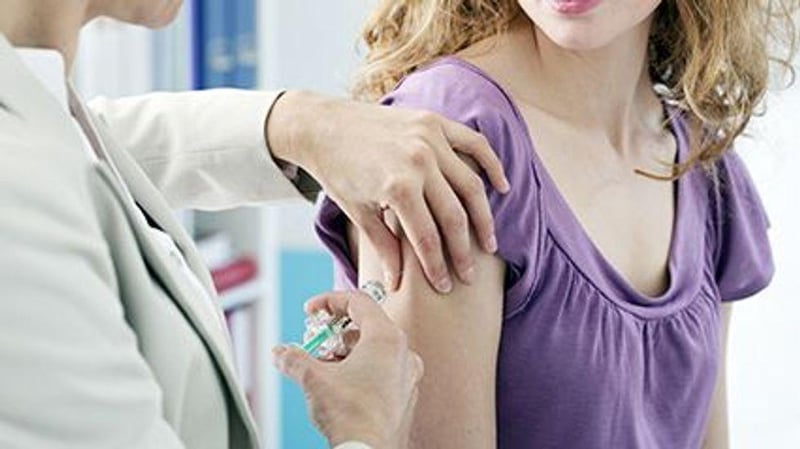Due to a recent change in our pharmacy software system, the process for submitting refill requests online has now changed.
Our previous mobile app and your current login credentials will no longer work.
Please click the Refill Button to begin the new process.
Thank you for your patience during this transition.
Note: we do accept walk-in for most routine immunizations including the COVID-19 vaccinations.
Click to make an appointment!
Get Healthy!

- Robert Preidt
- Posted November 4, 2021
HPV Vaccination When Young Cuts Cervical Cancer Risk by 87%
The sooner girls are vaccinated against human papillomavirus (HPV), the lower their future risk of cervical cancer, a new study finds.
Compared to unvaccinated women, the risk of cervical cancer was 87% lower among those who received the bivalent vaccine Cervarix at ages 12 or 13. By contrast, it was 62% lower in those who got the vaccine at ages 14-16 and 34% lower those vaccinated at ages 16-18.
The findings are from an analysis of cancer registry data gathered from women in England between January 2006 and June 2019. They were 20 to 64 years old by the end of 2019.
The HPV vaccination program began in England in 2008. By June 2019, there were about 450 fewer cases of cervical cancer and 17,200 fewer cases of cervical carcinomas (pre-cancers) than expected among vaccinated women there, according to the study. The results were published Nov. 3 in The Lancet journal.
The researchers said their findings offer the first direct evidence that a bivalent vaccine prevents cervical cancer. Bivalent means the vaccine fights off two types of HPV.
"Although previous studies have shown the usefulness of HPV vaccination in preventing HPV infection in England, direct evidence on cervical cancer prevention was limited," said study author Peter Sasieni, a professor at King's College London.
"Early modeling studies suggested that the impact of the vaccination program on cervical cancer rates would be substantial in women aged 20-29 by the end of 2019. Our new study aims to quantify this early impact. The observed impact is even greater than the models predicted," he said in a journal news release.
The bivalent vaccine Cervarix protects against the two most common types of HPV that cause 70%-80% of all cervical cancers. These two targets are present in as many as 92% of women diagnosed with cervical cancer before the age of 30.
Cervarix was used in the United Kingdom from 2008-2012. The quadrivalent vaccine Gardasil, which fights four different types of HPV, is now used instead. In the United States, Gardasil-9, which combats nine types of HPV, is the vaccine in use.
"The scale of HPV vaccination effect reported by this study should stimulate vaccination programs in low- and middle-income countries where the problem of cervical cancer is a far greater public health issue than those with well-established systems of vaccination and screening," Dr. Maggie Cruickshank, a professor at the University of Aberdeen, wrote in an accompanying commentary.
"The most important issue, besides the availability of the vaccine [related to the decision-makers in the health policy], is the education of the population to accept the vaccination, as an increase in the rate of immunization is a key element of success," Cruickshank wrote.
More information
The U.S. Centers for Disease Control and Prevention has more on HPV vaccination.
SOURCE: The Lancet, news release, Nov. 3, 2021





